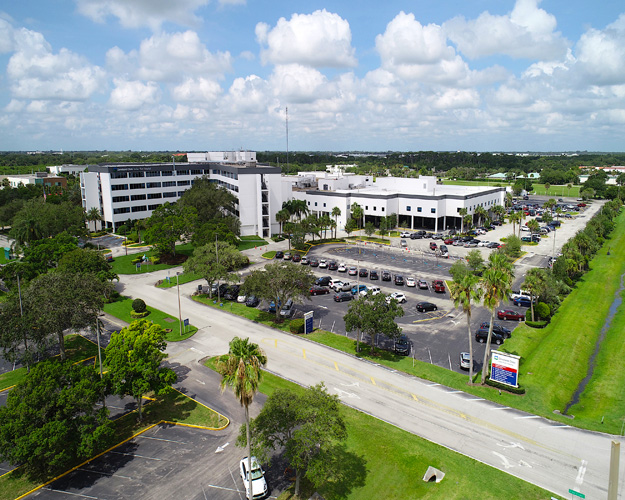Australia, Hong Kong, Japan, South Korea, China and the vast majority of Western Europe – they’re all being plagued by the latest surge in COVID-19 cases, fueled by the BA.2 Omicron variant. How long until it hits Vero?
As of press time Monday, the Centers for Disease Control and Prevention had cast all of Florida in green as areas of “low community transmission.” Other states in the Northeast, Midwest and Southwest are starting to see numbers rise and urgent care waiting rooms fill up. But people don’t stay put, especially during the busy spring break travel season.
Based largely upon data from Israel, the U.S. Food and Drug Administration announced last Tuesday that people age 50 and older could now get a fourth dose of COVID-19 vaccine, provided their third shot was at least four months ago.
Officials also said that yet another booster – which could be a fifth shot for older Americans and immunocompromised people, or a third (or fourth) shot for everyone else – will likely be in the cards this fall to prepare for a potential winter surge.
Spikes in local cases have happened in July 2020, January 2021, August 2021 and January 2022, so it’s not unreasonable to anticipate a January 2023 spike – after holiday travel and get-togethers, when Vero’s barrier island is verging on maximum capacity.
Other than authorizing boosters, public health officials have no new, flashy advice for keeping numbers flat, just the same old tools – social distancing while indoors, being outdoors or staying home, and wearing a KN95 mask.
Compliance with all those recommended behaviors increases as the number of new positive cases, COVID-19 hospitalizations and deaths rise, and locals know when those numbers are rising (i.e. when to start being more careful) from reports published by the Florida Department of Health.
In 2020 and the first half of 2021, state health officials reported detailed COVID-19 data every day on the state dashboard. We knew how many people tested each day, how many tested positive, whether they had recently traveled or been exposed to an infected person. We had demographic information – age, gender, race and ethnicity. The reports listed how many people were showing up in hospital Emergency Departments to be treated for COVID-19 illness. We knew how many 32963 residents were testing positive each day, which was extremely useful to our island readers.
Now, as we hold our breath anticipating the surge that Southeast Asia and Western Europe and Australia are already experiencing, we have scant information to go on.
The Florida Department of Health now publishes a pared-down report on alternate Fridays. It tells us the case positivity rate, how many new cases we’ve had the previous week countywide, and how many people got a shot. That’s it.
Local doctors and other healthcare professionals are also getting reports every 14 days, with charts and graphs that are often a week or two behind.
The sketchy data we do have is becoming more and more meaningless each week. Just about every home now has do-it-yourself rapid COVID-19 tests in the medicine cabinet. As a result, positive cases tested in the privacy of your own home never show up on a report – unless the person confirms with a test at a reporting facility or ends up seeking medical care.
The CDC collects hospitalization and death data, as well as some numbers on the percentage of staffed hospital beds being occupied by COVID-positive patients. Sometimes it’s correct, and sometimes it’s way off.
The bottom line is not to rely on some government agency, or the media for that matter, to send up a flare if and when the next wave, surge or spike of COVID-19 cases, hospitalizations and deaths hits our community.
Unless something drastically changes in terms of reporting, the information being collected and shared just isn’t robust or timely enough to be very useful in making decisions.

